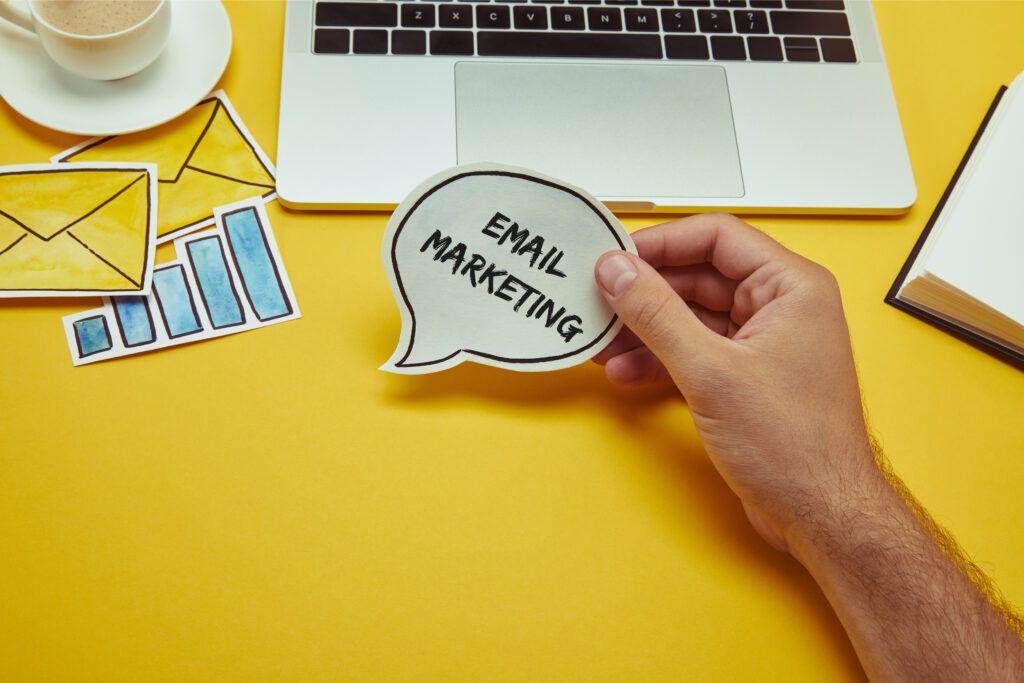
Generative AI in Email Marketing: Top 4 Strategies to Adopt
In an era where digital transformation is driving innovation across all industries, artificial intelligence (AI) has proven to be a game-changer. One of its subfields, generative AI, is paving the way for smarter and more impactful email marketing strategies. With advanced tools like ChatGPT, businesses can now automate and personalize their email campaigns on unprecedented scales.
An Overview of Generative AI
Generative AI refers to systems that use machine learning techniques to generate data similar to the ones they are trained on. This technology can create anything from songs and images to human-like text. In the realm of email marketing, it plays a crucial role in crafting engaging content that resonates with audiences.
The Powerhouse: ChatGPT
Built by OpenAI, ChatGPT stands as one of the most advanced examples of generative AI available today. It employs cutting-edge machine learning algorithms capable of generating coherent and contextually relevant sentences during conversation. In terms of email marketing strategy enhancement, it’s leveraged as an intelligent writing assistant capable not only drafting initial copies but also improving extant material by refining language or providing creative alternatives.
Generative AI-powered Email Marketing Strategies
Here are four key strategies wherein integrating chatbots like ChatGPT powered by Generative AI can revolutionize your Email Marketing campaign.
Personalized Subject Lines
The first impression always counts; when it comes down to emails – subject lines render this first impression. Using generative models could lead towards personalized subject lines based on users’ interests & behaviors drastically increasing open rates.
Impact on Open Rates: Studies show that up to 35% of recipients decide whether to open an email based solely on its subject line. This is a statistic we cannot afford to ignore. Crafting a compelling subject line can be the difference between your carefully curated content being read or ignored.
Iterative Approach: Don’t be afraid to test and iterate. Using A/B testing on your subject lines can offer insights into what phrases, structures, or call-to-actions resonate most with your audience.
Incorporating a rigorous testing and optimization process for your subject lines will likely increase the open rates of your campaigns. Remember, even the most compelling email content is ineffective if it’s not being opened and read.
Customized Content Creation
Craft Tailored Emails for Segmented Audiences: One size doesn’t fit all in email marketing. By leveraging AI copywriting tools, you can significantly enhance content customization:
- Dynamic Content Creation: The AI can generate content based on user profiles, past behaviors, and preferences. For instance, if a segment of your audience frequently reads blog posts about a specific topic, the AI can create or suggest content that delves deeper into that subject.
- AB Testing Made Easy: Instead of manually crafting multiple versions of an email, use AI tools to generate variations. The system can then track performance metrics and refine content strategies based on what resonates most with your audience.
- Localized Content: If your audience is spread across different regions, the AI can craft content that’s region-specific, considering local events, holidays, or even linguistic nuances.
- Integrate with Analytics: Combine AI copywriting tools with data analytics to understand which content types, styles, or CTAs are the most effective. The AI can then adjust its content generation strategies accordingly.
Automated Responses
Enhance Promptness and Relevance: Traditional automated email responses are often generic and may not cater to the specific needs or inquiries of the recipient. With AI copywriting tools:
- Immediate and Relevant Replies: AI tools can quickly analyze the content of an incoming email to generate immediate and contextually relevant replies. For example, if a user emails about a technical issue they’re facing, the AI can respond with initial troubleshooting steps or direct them to the right department or support documentation.
- Personalized Greetings: The AI tool can identify the sender’s name and tailor the greeting accordingly, creating a more personal touch. Instead of generic “Dear valued customer”, you can have “Hello [Name]”.
- Adaptive Learning: Over time, the AI will learn from user interactions and refine its responses. If users frequently ask follow-up questions or seek clarification on a particular point, the AI can preemptively include that information in future automated responses.
Segmented Follow-Ups:
Fostering long-term customer relationships requires continuous communication. Generatively predicting consumer behavior would allow creating segmented follow-up emails ensuring each recipient feels valued and important rather than being just another faceless account amidst a sea of databases.
Subscriber Segmentation: It’s crucial to address your subscribers based on their relationship with your brand. Here’s a proposed breakdown:
- Group A: Current and Past Customers This segment already trusts and values your offerings. Tailored messages for this group should focus on loyalty programs, new product launches, and reviews.
- Group B: Current and Past Leads and Prospects This group needs to be nurtured and informed. Provide them with content that educates them about your products/services and the value proposition.
The advent Generatical A.I represents watershed moment field Email Marketing offering unique opportunities to adapt innovative stagnant practices reaching out consumers promising age effective efficient campaigning lies not far ahead ever-growing interplay advancements technology strategic business operations. Remember the future may be uncertain but those who prepare are sure to find success within its folds.
Ready to transform your content game? Dive deeper with Article Factory and unleash the power of AI in your writing.